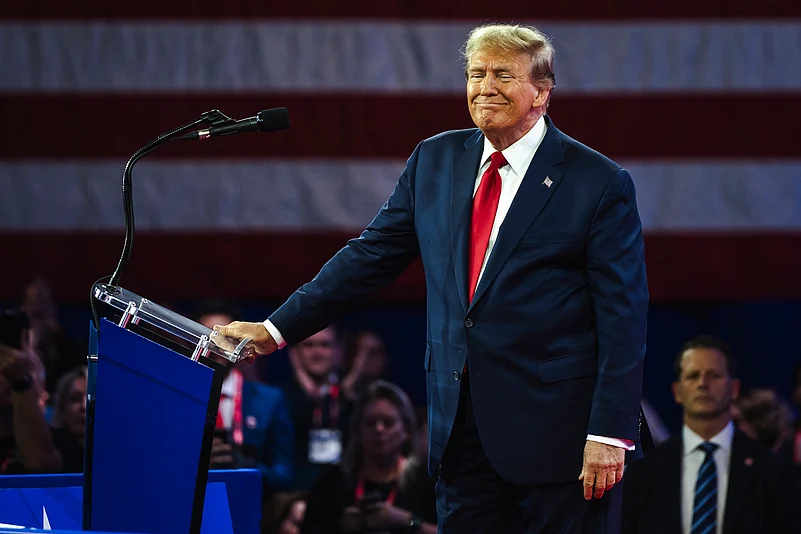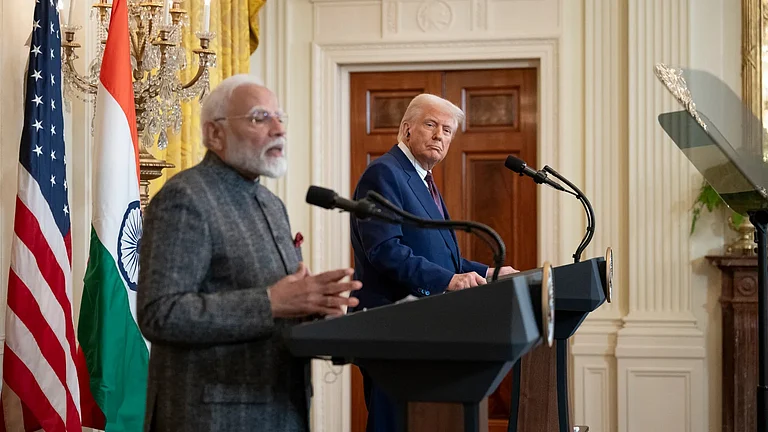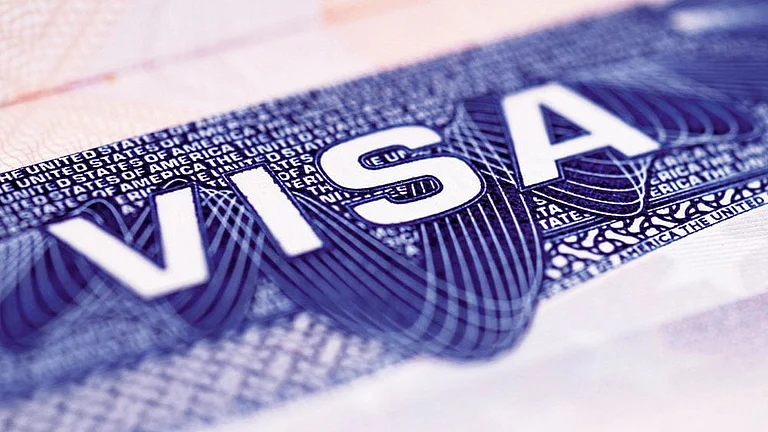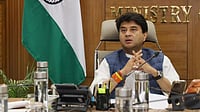After his inauguration as the 47th President of the United States of America, Donald John Trump, in his second coming, signed a flurry of executive orders to activate his campaign promises. The Indian tech ecosystem greeted his actions with a mixture of hope and apprehension. While Prime Minister Narendra Modi bonhomie with Trump could improve technology cooperation, the looming prospect of protectionist trade policies could put crucial sectors under strain.
Trump's pro-business stance may increase US spending on IT, creating opportunities for Indian tech firms. However, reciprocal tariffs could impact exports in high-growth areas such as pharmaceuticals and engineering goods. India may need to strike a delicate balance between its role in BRICS and its ties with the US to avoid potential economic fallout.
India's Startup Boom
India's start-up ecosystem has been on a tear in the decade 2014-24, expanding from just 450 to a staggering 140,000, propelled significantly by capital from US-based hedge funds, venture capital firms and private equity players. In 2020, American investors hand-held roughly 30% of Indian start-up transactions and contributed 60% to the overall funding. Such dependence makes the sector particularly vulnerable to policy shifts in the White House.
According to Kshiteej Mishra, Practice Leader, Technology at Praxis Global Alliance, “Pro-business policies, such as tax cuts and deregulation could boost US corporate IT spending.” He is, however, bearish about the US-India Initiative on Critical and Emerging Technologies (ICET).
In line with the widely-held view, he believes that Trump’s second term would witness a greater emphasis on “domestic production” and “selective partnerships”, aligning with US strategic interests and eroding its partnership with India. However, the influence of former venture capital magnate, Vice President J D Vance, could, to an extent, soften Trump’s hard-line America-first push and keep the doors open for investments in Indian startups, bilateral collaborations and technological growth.
In the last year of the previous Trump administration, the US Federal Reserve moved from low to zero-interest rate policies to boost economic activity during the pandemic. This saw major US investors making a beeline to Indian start-ups, which raised over $42bn in 2021 alone.
Trump Threatens 100% BRICS Tariffs
On his first day in office, Trump reiterated his stand of imposing 100% tariffs on BRICS countries, including India if “they so much as think of doing what they thought,” referring to a suggestion in the bloc of gradually replacing the USD with local currencies. Referring to his threat, he said “they would immediately abandon the thought,” a reasonable assessment given the extent to which the BRICS economies depend on trade with the US. A 100% tax could pretty much cripple India’s start-up sector, many experts believe.
Tech Firms Fear Visa Crackdown
Donald Trump's MAGA-driven anti-immigrant rhetoric through the presidential race is expected translate into tighter H1-B visa policies and stall (if not stop) Indian software professionals who work or want to work in the US. Many believe that in Trump’s second term, the US could move decisively from nearshoring or offshoring to on-shoring.
However, observers like Sameer Patil, Director of Centre for Security, Strategy and Technology at the Observer Research Foundation, dispel this fear. There may be fewer openings for the H1B visa than now, but not much beyond that, they believe. “Contrary to the vocal assertions of Trump's MAGA fan-base, both Trump and Musk appear to be in agreement on the H-1B visa stance. While they want to reform the visa process, they are not fundamentally opposed to Indian tech talent entering the US”, Patil said.
GPU Rules Hit India AI Plans
India's National AI Mission aims to build capacity for over 10,000 GPUs (graphics processing units) through public-private partnerships, with a ₹10,000 crore investment over five years. However, this initiative may face challenges due to the US’ new framework restricting the export of AI chips to India and all nations outside the universe of its18 key allies, citing national security concerns. According to the India Electronics and Semiconductor Association (IESA), this restriction could chain the country's move towards promoting the local development of cutting edge AI technologies. Summing up the problem, Ashutosh Sharma, Vice President, Research Director at Forrester said, “GPUs and advanced chips are powerful bargaining tools, given the US’s technological lead in this sector, which places countries like India in a disadvantageous position as they must rely on US exports to build AI capabilities and other advanced applications.”
India proposes to address these restrictions imposed by the outgoing President Joe Biden with the Trump administration.
As Donald Trump sets out to Make America Great Again primarily on the back of ultra-nationalistic trade and economic policies, India’s IT sector and startups, reliant on US markets and funds, face an uncertain future. Although Trump’s first innings in office showed that the rhetoric is worse than the reality, India’s tech companies will do well to recalibrate their strategies to navigate growing protectionism in the world’s largest tech market.
































